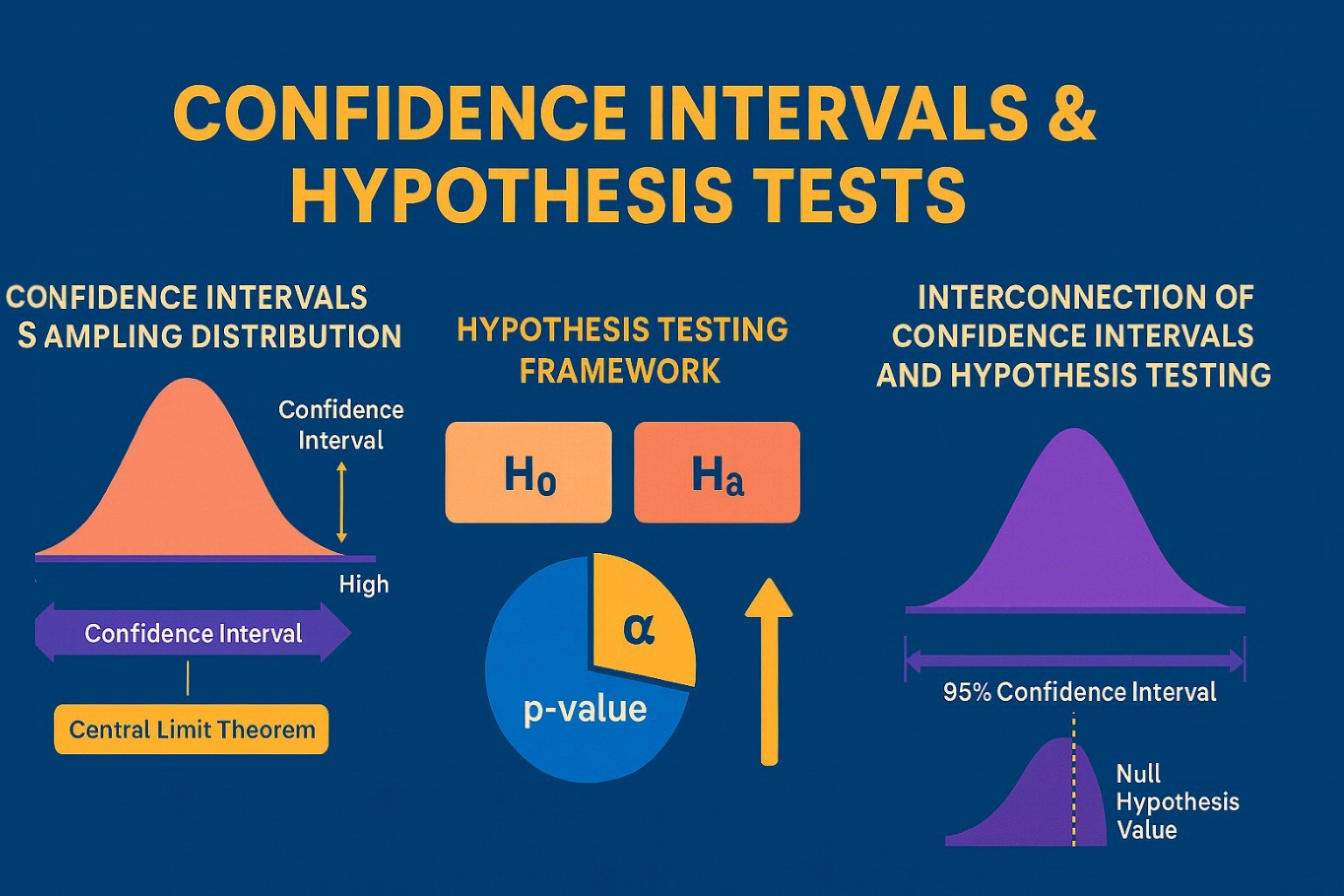Advanced Analytics using Apache Hadoop HDFS System!
Hadoop does advanced analytics incredibly well with its efficient HDFS separating data from the state in its node architecture, using one over-arching node that manages state for the entire cluster, and several daughter nodes that store only data. However, the Hadoop cluster data nodes execute commands from their master node and log all operations in a static file which triggers a replica master to quickly recreate the entire state of the system without any needing to communicate with another master node in times of a fallback. This makes the system extremely fault tolerant, and prevents the split-brain scenario that causes data loss amongst masters that must communicate with each other to restore state.

Apache Hadoop also has a wide ecosystem of tools which is comprised of support bulk uploading and ingestion of data, integrated with SQL engines. This helps to retain support for the full querying power expected from a standard database software. However, it can be subjected to the conflict that standing up Hadoop, Zookeeper, and a Kafka ingestion agent requires as much domain specific knowledge as Hadoop Ecosystem. Thus, the raw power and stability of Hadoop come at the price of heavy setup and maintenance costs.
Hadoop’s powerful MapReduce query framework is robust enough to handle any data aggregation or transformation job. But mastering the intricacies of MapReduce is a high overhead for the simple operations needed in most web analytics tasks. This means analytics systems built on Hadoop will also need to deploy a query engine layer, driven either by HiveQL or Facebook’s real-time Presto engine, so analysts can interact with the dataset using familiar SQL instead of MapReduce. These engines are incredibly powerful, but add an additional layer of complexity to the analytics infrastructure.
Hadoop remains the reigning champion in the analytics world which leaves the world with no choice but to learn and adapt the Hadoop Advanced Analytics. While Hadoop Ecosystem is a great tool for simple web analytics, it's unforgivable sin of streaming data loss during ingestion, and arduous data ETL process make it untenable as the foundation of a complete analytics system. It’s a great tool for toy analytics and plug-and-play visualization, but its production scalability issues mean this technology still isn’t ready for prime time.

Implementing a Hadoop instance as the backbone of an analytics system has a steep learning curve, but it’s well worth your effort. In the end, the system will enjoy increased stability with rock solid ingestion and broad compatibility with a number of third-party analytics tools, including Hadoop Ecosystem via the Hadoop Ecosystem-Hadoop connector. On the other hand, if you’d like to avoid having to stand-up a full-fledged Hadoop cluster on your own, check out Treasure Data. We’re a cloud-based solution that can integrate with your web or mobile app in just a few lines of code and start capturing data instantly. We let you store and query the raw data in a schema-on-read data lake, and provide tools to run transformation or machine learning workflows that output to many third party destinations, including Hadoop Ecosystem.
Take the next step towards your professional goals in Hadoop Advanced Analytics
Don't hesitate to talk with our course advisor right now
Receive a call
Contact NowMake a call
+1-732-338-7323Related blogs on Hadoop Advanced Analytics to learn more

The retail success story powered by Hadoop Big Data analytics
Customer is king. Even in this digitally interconnected era, this statement holds true by all means. Today’s customers are empowered with real-time information about anything and everything. They have within the reach of their fingertips the power to
Latest blogs on technology to explore

From Student to AI Pro: What Does Prompt Engineering Entail and How Do You Start?
Explore the growing field of prompt engineering, a vital skill for AI enthusiasts. Learn how to craft optimized prompts for tools like ChatGPT and Gemini, and discover the career opportunities and skills needed to succeed in this fast-evolving indust

How Security Classification Guides Strengthen Data Protection in Modern Cybersecurity
A Security Classification Guide (SCG) defines data protection standards, ensuring sensitive information is handled securely across all levels. By outlining confidentiality, access controls, and declassification procedures, SCGs strengthen cybersecuri

Artificial Intelligence – A Growing Field of Study for Modern Learners
Artificial Intelligence is becoming a top study choice due to high job demand and future scope. This blog explains key subjects, career opportunities, and a simple AI study roadmap to help beginners start learning and build a strong career in the AI

Java in 2026: Why This ‘Old’ Language Is Still Your Golden Ticket to a Tech Career (And Where to Learn It!
Think Java is old news? Think again! 90% of Fortune 500 companies (yes, including Google, Amazon, and Netflix) run on Java (Oracle, 2025). From Android apps to banking systems, Java is the backbone of tech—and Sulekha IT Services is your fast track t

From Student to AI Pro: What Does Prompt Engineering Entail and How Do You Start?
Learn what prompt engineering is, why it matters, and how students and professionals can start mastering AI tools like ChatGPT, Gemini, and Copilot.

Cyber Security in 2025: The Golden Ticket to a Future-Proof Career
Cyber security jobs are growing 35% faster than any other tech field (U.S. Bureau of Labor Statistics, 2024)—and the average salary is $100,000+ per year! In a world where data breaches cost businesses $4.45 million on average (IBM, 2024), cyber secu

SAP SD in 2025: Your Ticket to a High-Flying IT Career
In the fast-paced world of IT and enterprise software, SAP SD (Sales and Distribution) is the secret sauce that keeps businesses running smoothly. Whether it’s managing customer orders, pricing, shipping, or billing, SAP SD is the backbone of sales o

SAP FICO in 2025: Salary, Jobs & How to Get Certified
AP FICO professionals earn $90,000–$130,000/year in the USA and Canada—and demand is skyrocketing! If you’re eyeing a future-proof IT career, SAP FICO (Financial Accounting & Controlling) is your golden ticket. But where do you start? Sulekha IT Serv

Train Like an AI Engineer: The Smartest Career Move You’ll Make This Year!
Why AI Engineering Is the Hottest Skillset Right Now From self-driving cars to chatbots that sound eerily human, Artificial Intelligence is no longer science fiction — it’s the backbone of modern tech. And guess what? Companies across the USA and Can

Confidence Intervals & Hypothesis Tests: The Data Science Path to Generalization
Learn how confidence intervals and hypothesis tests turn sample data into reliable population insights in data science. Understand CLT, p-values, and significance to generalize results, quantify uncertainty, and make evidence-based decisions.